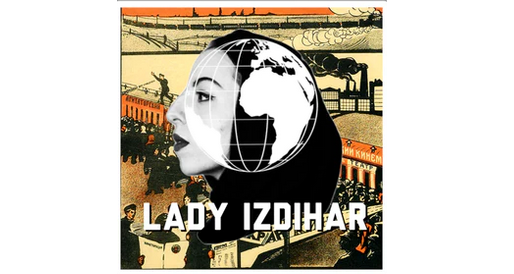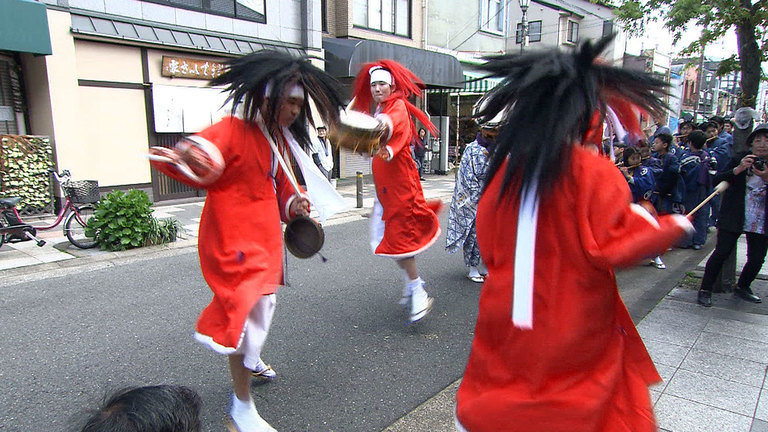Category: History
-

Historic Palestinian Documents at the Lady Izdihar Archive
Lady Isdihar runs an archive of USSR era documents and some Palestine documents. This page links out to several of contemporary interest.
-
Henry George’s Racist Screed Against Chinese People in California, New York Tribune, May 1, 1869
I was forwarded a paper that was published in a journal. I wondered what the journal was about, and found that they were looking to preserve the intellectual lineage of Henry George, a late 19th century philosopher and early Progressive reformer of capitalism. He wanted land to be held in common, and was known for…
-

Village Scale Epidemic Management in Japan
This paper has influenced me during this COVID-19 pandemic. It breaks past the idea of looking at epidemic policy narrowly, through the lens of science and government, but with a broader view that includes “natural, social and economic factors.” Smallpox and the Epidemiological Heritage of Modern Japan: Towards a Total History https://www.ncbi.nlm.nih.gov/pmc/articles/PMC3143877/ The TL;DR: in…
-
Erasing Racism with Revisionist History about Ichimatsu Dolls
I stumbled across and ad for an old Japanese doll, and wanted to get an idea of what’s out there, so I went to eBay and found out. On there, I saw listings for “Ichimatsu” dolls, which I’d never heard of before. A little research turned up some info, but the most interesting story was…
-
Treasure Chest, Robert Louis Stevenson Jr. High School Yearbook, 1939
Bought at a local estate sale, this yearbook is a look into history, into the East Los Angeles community. East Los Angeles was an unincorporated area east of the Boyle Heights neighborhood of Los Angeles. Many of the residents there came from Boyle Heights, which was a “melting pot” of different cultures. According to the…